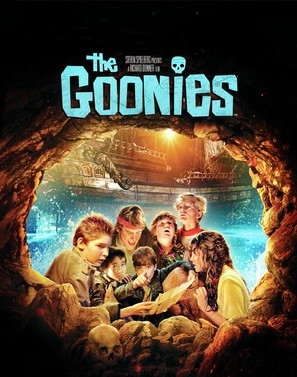[15] Conclusion
THE CONCLUSION
Now that we've covered the many of aspects of piracy in The Goonies, here's a quick breakdown of my findings:
What the Goonies gets right:
- Subtle references to real-life pirate, Edward Teach aka Blackbeard (painting by Jean Leon Jerome Ferris)
- Local pirate legends and lore popularized by Western culture
- Pirate treasure hunters like Chester Copperpot (Ex. Kip Wagner)
- The use of galleons as treasure/merchant carrying ships
- Possible inspiration from the story of Captain Kidd
What remains fictional, inspired and popularized by Western perceptions, stereotypes, tropes, and folklore:
- Treasure maps leading to buried treasure
- The sensationalized story of One-Eyed Willy (inexperienced sailor)
- Geography: pirates in Oregon???
- Booby-traps
- The model of the Inferno
- A ginormous galleon as opposed to a schooner or smaller vessel (film tactic used to make the ship look more impressive on screen, and to provide space for duels and stunts)
- The fact that the Inferno is still intact and seaworthy after hundreds of years
TO CONCLUDE, it's clear that The Goonies didn't become a cult-classic because of its historical accuracy; rather, it's a feel-good adventure movie that follows the exciting escapades of a group of rambunctious kids seeking treasure in order to save their town. It mostly indulges its audience with well-known pirate stereotypes, with notions of mysterious treasure maps leading to buried treasure, thrilling escapes from deadly booby-traps, and an impressive pirate ship hosting the infamous and bone-chilling One-Eyed Willy and his now-skeletal crew. However, that being said, there are still a few nods to actual pirate history that we can definitely appreciate.



Comments
Post a Comment